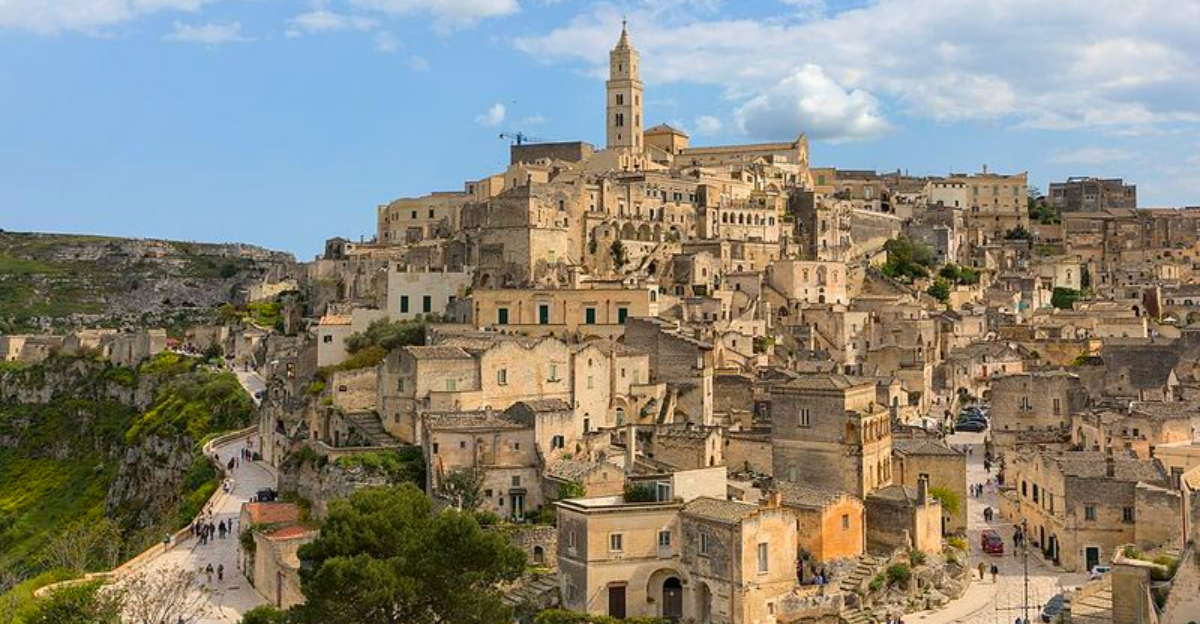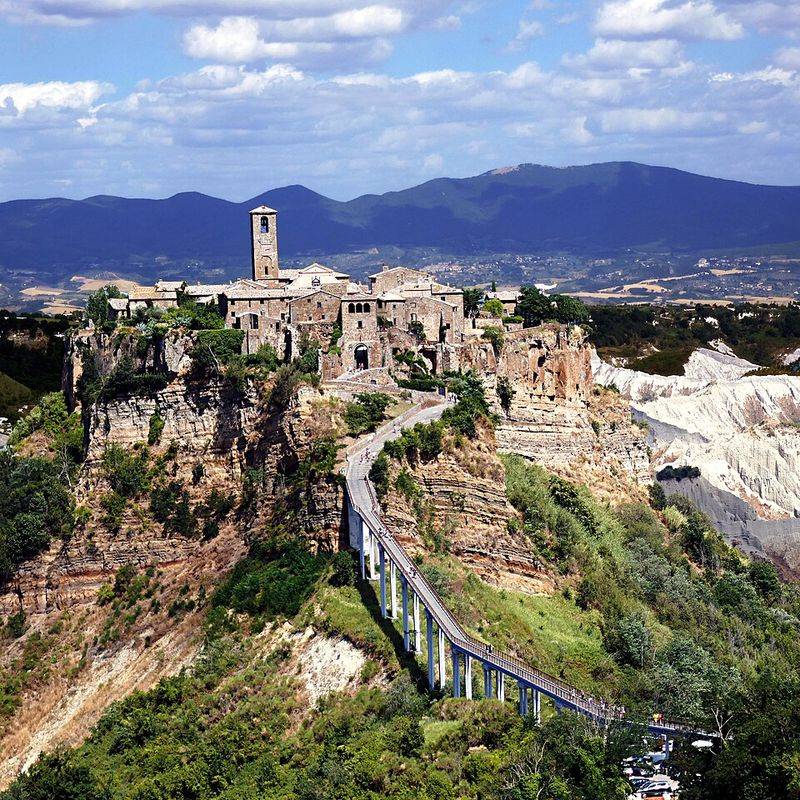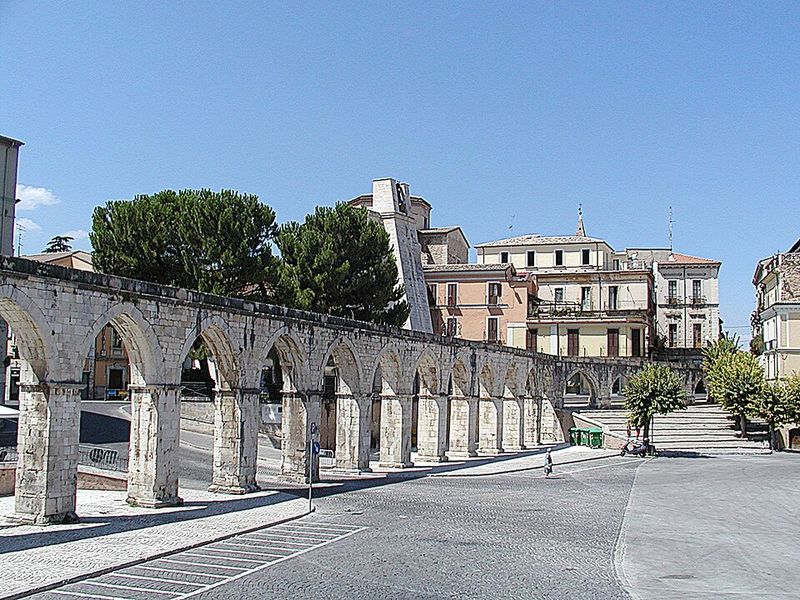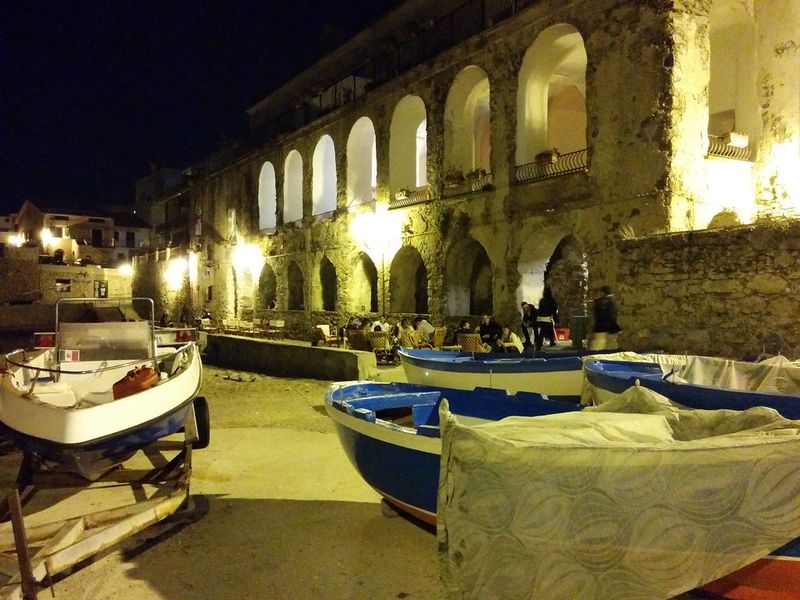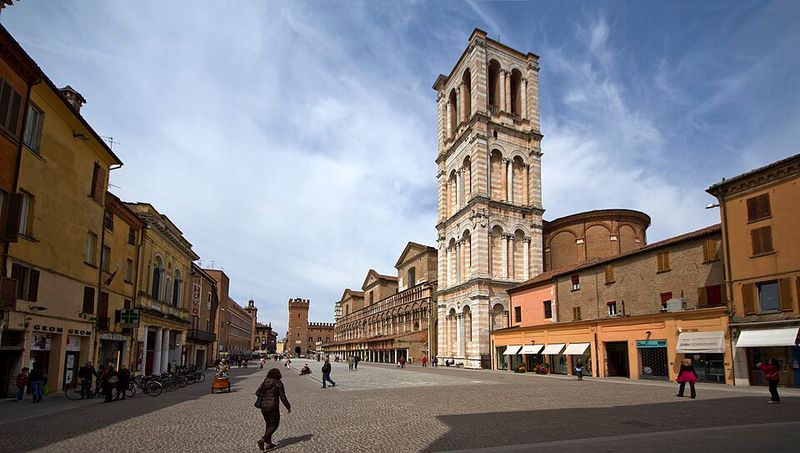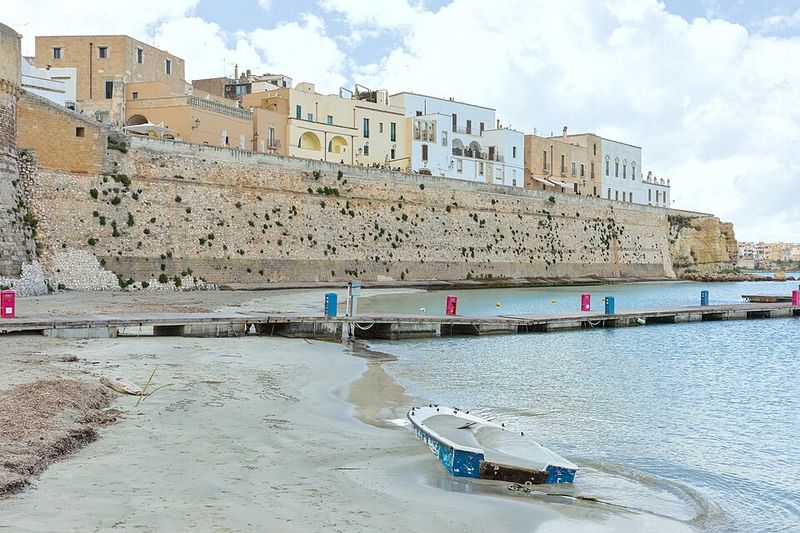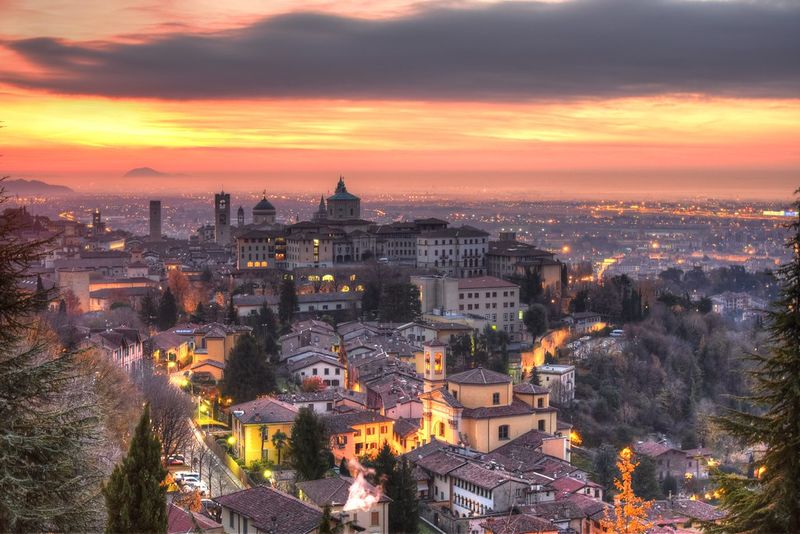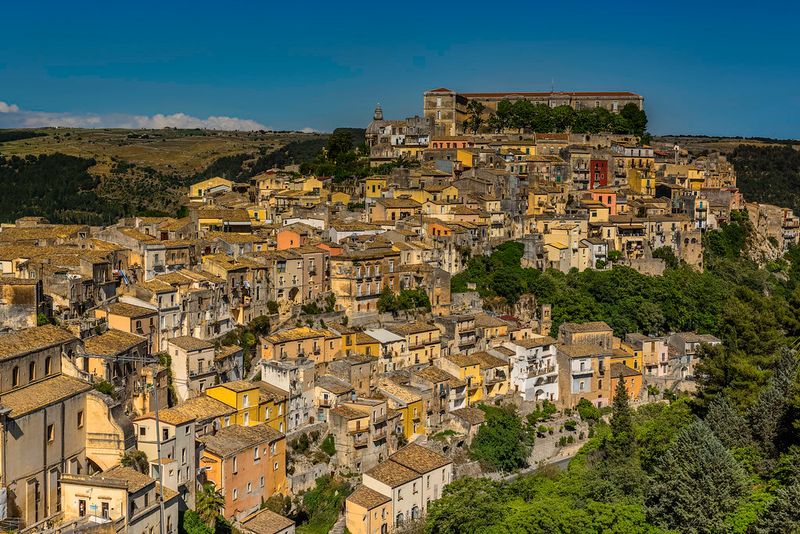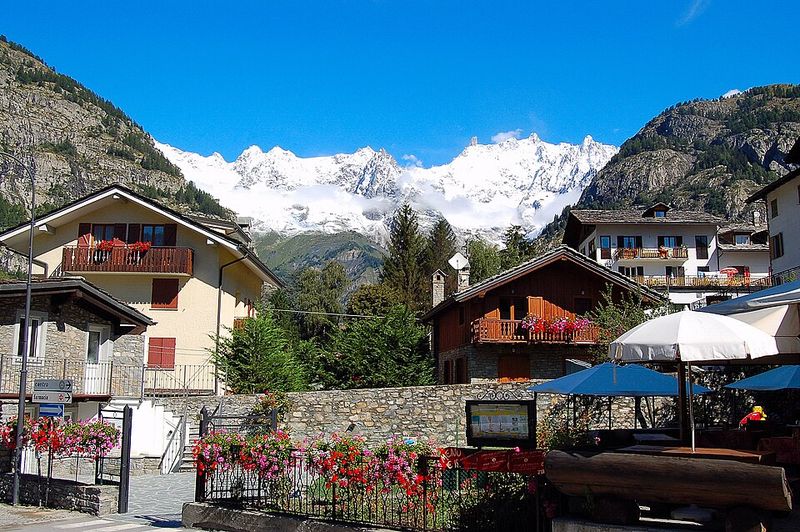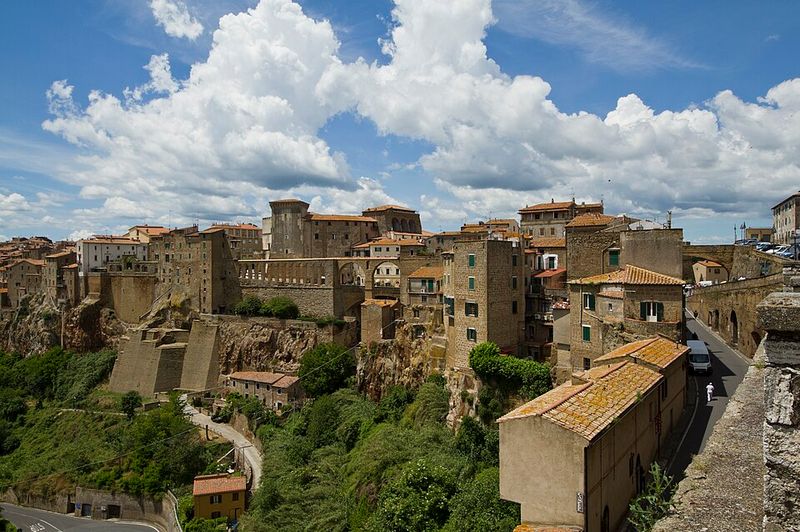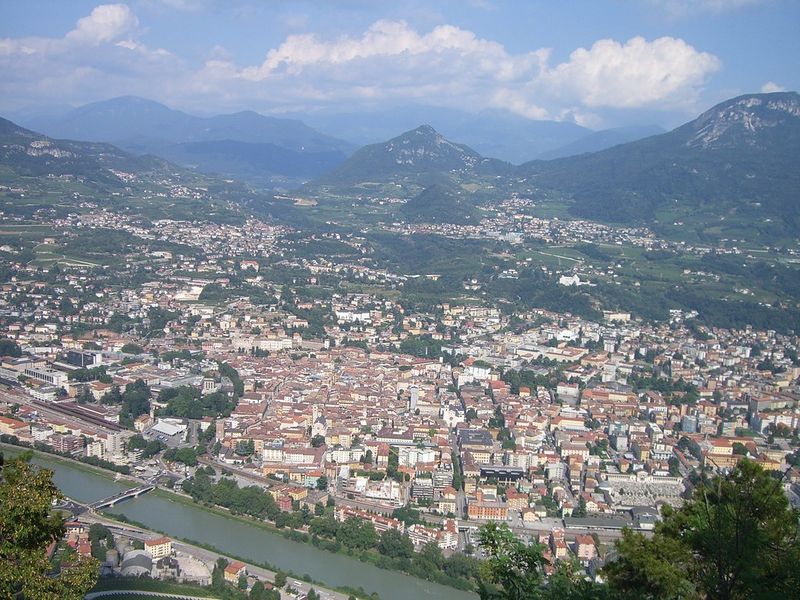Craving Italy without the crowds? Step off the well-worn paths and into towns where grand history meets genuine hospitality. These under-the-radar destinations serve unforgettable flavors, soul-stirring landscapes, and locals who greet you like old friends. Discover places that feel personal, authentic, and wonderfully welcoming—before the secret gets out.
Matera, Basilicata
Carved from honey-colored limestone, Matera’s Sassi glow at sunset, revealing cave homes and rock-hewn churches layered like time itself. Once stigmatized, the city now feels triumphant, a testament to resilience and artistry. Wander alleys where candles flicker in grotto restaurants, then sleep in boutique cave hotels that blend rustic stone with modern comfort. Despite post-2019 fame, mornings remain quiet, and locals welcome travelers like family, eager to share stories of perseverance. Explore frescoed rupestrian sanctuaries, sip Aglianico in pocket-sized piazzas, and listen as bells ripple across the ravine. Matera rewards unrushed curiosity.
Orvieto, Umbria
Orvieto rises from a volcanic plateau like a stone ship, its Duomo shimmering with mosaics that rival Italy’s greatest cathedrals. Beneath the surface, Etruscan-era tunnels reveal ancient ingenuity and a hint of mystery. On top, cobbled lanes lead to slow lunches, crisp Orvieto Classico, and artisans shaping ceramics by hand. The pace is unhurried, the smiles easy, the welcomes sincere. Despite proximity to Rome, crowds disperse among quiet vistas and terrace cafés. Climb the Torre del Moro for sweeping views, then drift toward tiny wine bars where conversations flow. Orvieto invites lingering.
Civita di Bagnoregio, Lazio
Linked by a slender footbridge, Civita di Bagnoregio feels like a dream balanced on wind and stone. Its alleys are hushed, lined with potted geraniums and doorways worn smooth by centuries. A handful of residents tend tiny gardens, greet newcomers by name, and share tales of a town that refuses to vanish. From terraces, the Tiber Valley unfurls in folds of silver-green. Come for the view, stay for the human connection: homemade biscuits, a glass of local wine, and stories under pink evening skies. Civita’s fragility heightens its magic, inviting reverence and gentle steps.
Lecce, Puglia
Lecce dazzles with Baroque drama: cherub-studded facades, curling cornices, and squares bathed in amber light. Yet life moves softly here—espresso sipped slowly, conversations flowing beneath carved balconies. Trattorias serve silky orecchiette with cime di rapa, seafood kissed by the Adriatic, and pasticciotto still warm from the oven. Join the evening passeggiata as locals offer directions and restaurant tips with effortless warmth. Duck into workshops where artisans chisel Lecce stone into lace-like miracles. The city’s grandeur is undeniable, but its soul is intimate and kind. Lecce welcomes you like a longtime friend, then enchants you into staying.
Ascoli Piceno, Le Marche
Between sea and Apennines, Ascoli Piceno unfolds around Piazza del Popolo, a travertine jewel gleaming at dusk. Here, conversations hum beneath graceful arcades as waiters glide with aperitivi. Bite into olive all’ascolana—crisp, savory, irresistible—then roam toward medieval towers and quiet cloisters. Beaches and mountain trails sit within easy reach, but the city’s calm rhythm is its real treasure. Locals share festival lore and lace-making traditions with genuine pride. With every hello, Ascoli feels more familiar. It’s an elegant introduction to Le Marche’s understated heart, where hospitality comes naturally and time kindly slackens.
Sulmona, Abruzzo
Sulmona rests in a broad valley where mountains cradle a town of poets, sweets, and open smiles. Ovid’s birthplace showcases a medieval aqueduct framing markets brimming with flowers and produce. Confetti—sugar-coated almonds—brighten shopfronts like bouquets, gifts of celebration and craft. Cafés pour velvety espresso as artisans chat about trails, seasons, and family. National parks surround the city, promising wolves, wild peaks, and rare silence. Prices are gentle, hospitality genuine, and evenings glow with simple pleasures. Sulmona is Abruzzo at its most welcoming: unpretentious, scenic, and quietly unforgettable.
Trieste, Friuli Venezia Giulia
Where Italy leans into Central Europe, Trieste opens onto a glittering bay and a world of layered histories. Habsburg elegance meets Italian ease in seafront squares, literary cafés, and stately boulevards. Locals cherish coffee rituals, pouring tales of migrations and borders with each cup. The city feels worldly yet personal—bookshops, wine bars, and the bora wind shaping days. Walk to Miramare Castle for sea-swept views, then return for seafood and Malvasia under a rose-tinted sky. Trieste’s multicultural soul makes strangers feel instantly at home.
Castellabate, Campania
High above the Cilento’s turquoise coves, Castellabate keeps time with sea breezes and church bells. The historic center weaves stone alleys, sunlit squares, and doors flung open in welcome. Expect plates of just-caught seafood, ripe tomatoes, and olive oil like liquid gold. Locals proudly share dialect phrases and film lore from Benvenuti al Sud. Trails lead to lookout points where the Tyrrhenian stretches endless and blue. It’s the Amalfi dream without the bustle: friendly, slow, and deeply rooted in tradition. Castellabate turns visitors into returning friends.
Ferrara, Emilia-Romagna
Ferrara glides by on two wheels, its cyclists tracing medieval walls and Renaissance boulevards with unhurried grace. The Este family’s legacy lingers in palaces, courtyards, and a castle ringed by a placid moat. Locals favor conversation and comfort: pumpkin-filled cappellacci, slow-braised ragù, and generous pours of local wine. Art shows, book fairs, and music drift through airy piazzas. Visitors find space to breathe, admire, and linger without jostle. Ferrara’s charm hides in plain sight—welcoming, cultured, and quietly irresistible.
Otranto, Puglia
On Italy’s heel, Otranto blends crystalline seas with a mosaic of stories. The cathedral’s immense floor unfurls fantastical creatures and knights beneath vaulted stone, a marvel of imagination. Outside, whitewashed lanes spill toward a harbor where boats bob and locals chat over chilled rosé. Swim hidden coves, then savor grilled octopus with fragrant olive oil. Warm smiles make newcomers feel like neighbors, and sunsets paint the Adriatic in soft fire. Otranto whispers serenity, history, and welcome in equal measure.
Bergamo, Lombardy
Bergamo’s Città Alta crowns a hill with stone gates, Venetian walls, and lanes of hushed elegance. A funicular glides from the modern city to Renaissance facades and bell towers chiming over terracotta roofs. Pastry shops tempt with polenta e osei, while trattorias serve casoncelli and robust local wines. Locals offer polished courtesy and genuine guidance to hidden viewpoints. With fewer crowds than nearby Milan, the city feels refined yet intimate. Stroll bastions at sunset as the Alps blush on the horizon. Bergamo reveals northern sophistication without hurry.
Ragusa Ibla, Sicily
Ragusa Ibla cascades in baroque tiers, balconies curving over narrow lanes infused with orange blossom. Rebuilt after the 1693 quake, it wears its history gracefully: ornate domes, carved portals, and sunlit stairways. Locals chat from doorways, point you toward tiny trattorias, and toast with Nero d’Avola. Evenings drift slowly—gelato in hand, cicadas singing, church facades turning amber. Here, hospitality is natural and unpretentious, the pace delightfully human. Ragusa Ibla soothes, charms, and lingers in memory long after you leave.
Courmayeur, Aosta Valley
At Mont Blanc’s Italian foot, Courmayeur pairs high-mountain drama with gracious ease. Summer brings meadows flecked with wildflowers, trails to hanging glaciers, and bright, clean air. In town, chic cafés coexist with friendly taverns serving polenta, fontina, and game stews. Locals are proud guides to viewpoints, weather quirks, and wine-cellar secrets. Evenings are convivial and warm, as friendships spark over nebbiolo and mountain tales. Courmayeur proves altitude can feel wonderfully welcoming.
Pitigliano, Tuscany
Pitigliano rises from tuff like a glowing citadel, its homes fused with rock and history. Archways lead to hidden courtyards and Etruscan-carved passages, while the Jewish quarter preserves poignant memory and resilience. Local cantinas pour rustic wines beside plates of savory tortelli and crispy schiaccia. People stop to chat, share stories, and send you toward their cousin’s tiny cellar. Far from Tuscany’s busiest routes, the town feels personal, textured, and quietly radiant. Stay for the sunset—stone turns to amber, and hospitality deepens into friendship.
Trento, Trentino-Alto Adige
Framed by the Dolomites, Trento balances Renaissance grace with alpine clarity. Frescoed palazzi brighten Piazza Duomo, while markets overflow with mountain cheeses, apples, and honey. The city prizes sustainability and calm; bikes glide past tidy gardens and riverside paths. Museums narrate epochs from prince-bishops to modern innovation. Locals welcome questions, offer tasting tips, and steer you toward panoramic cable cars. Trento feels organized yet warm—cultured, cozy, and refreshingly approachable. It’s a northern haven where visitors quickly feel like part of the community.
